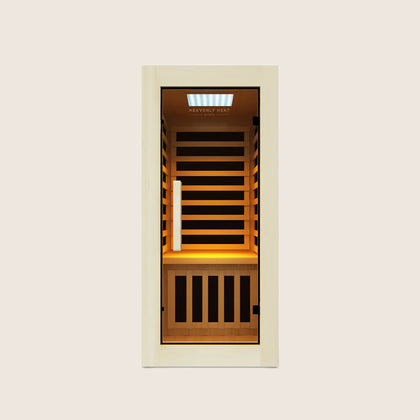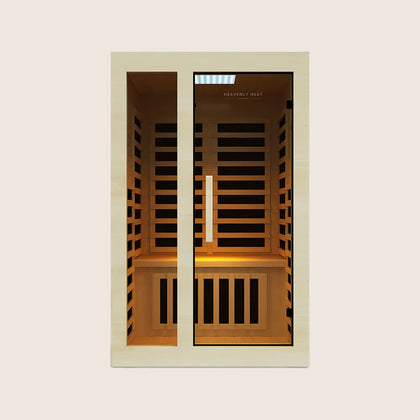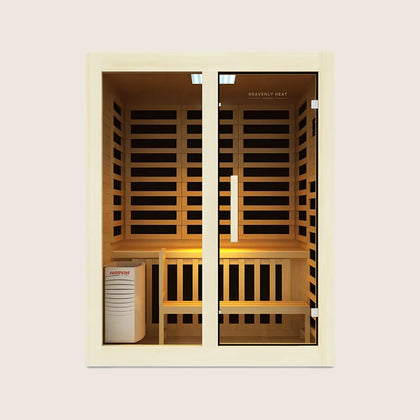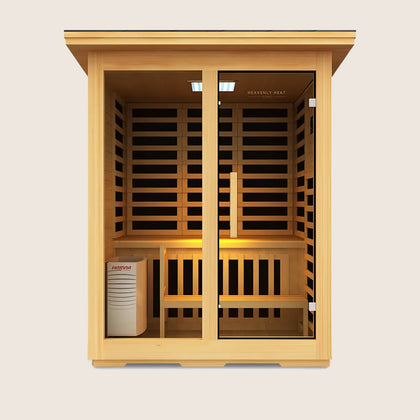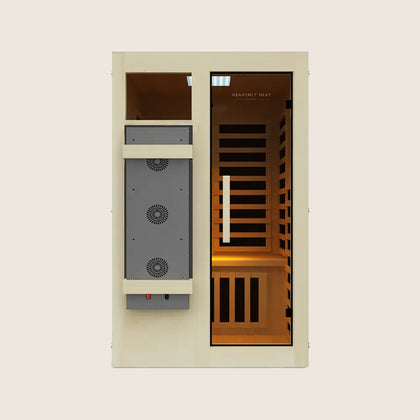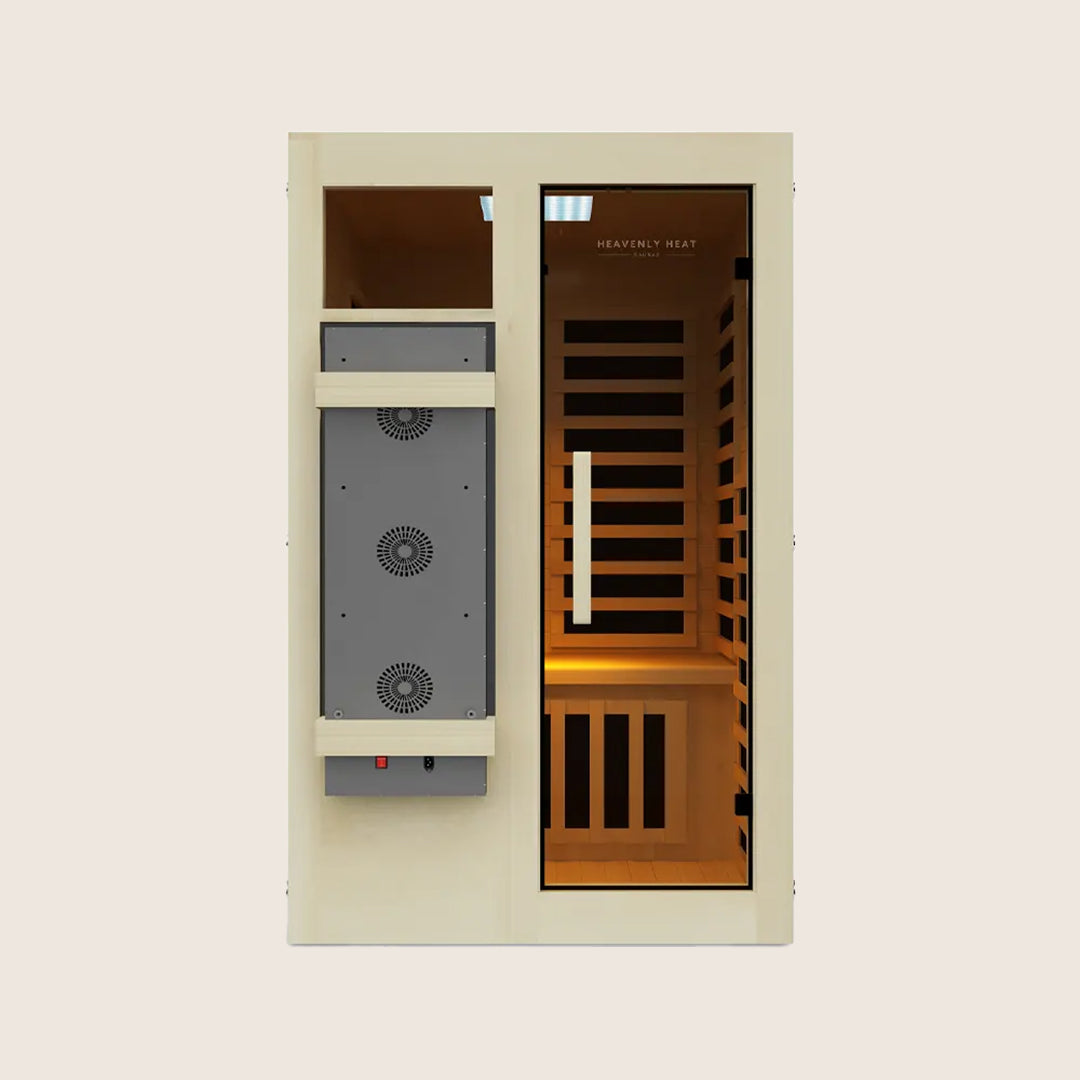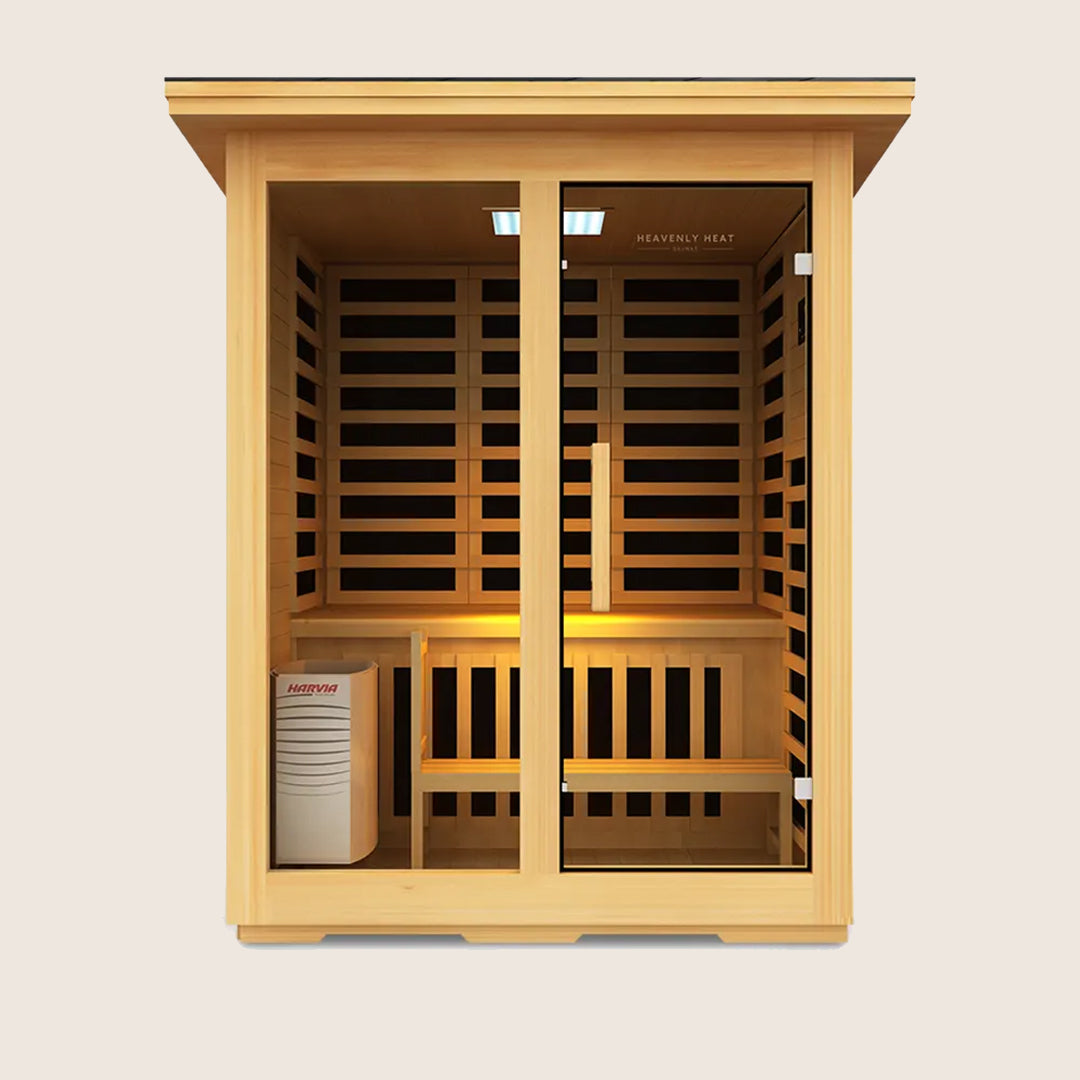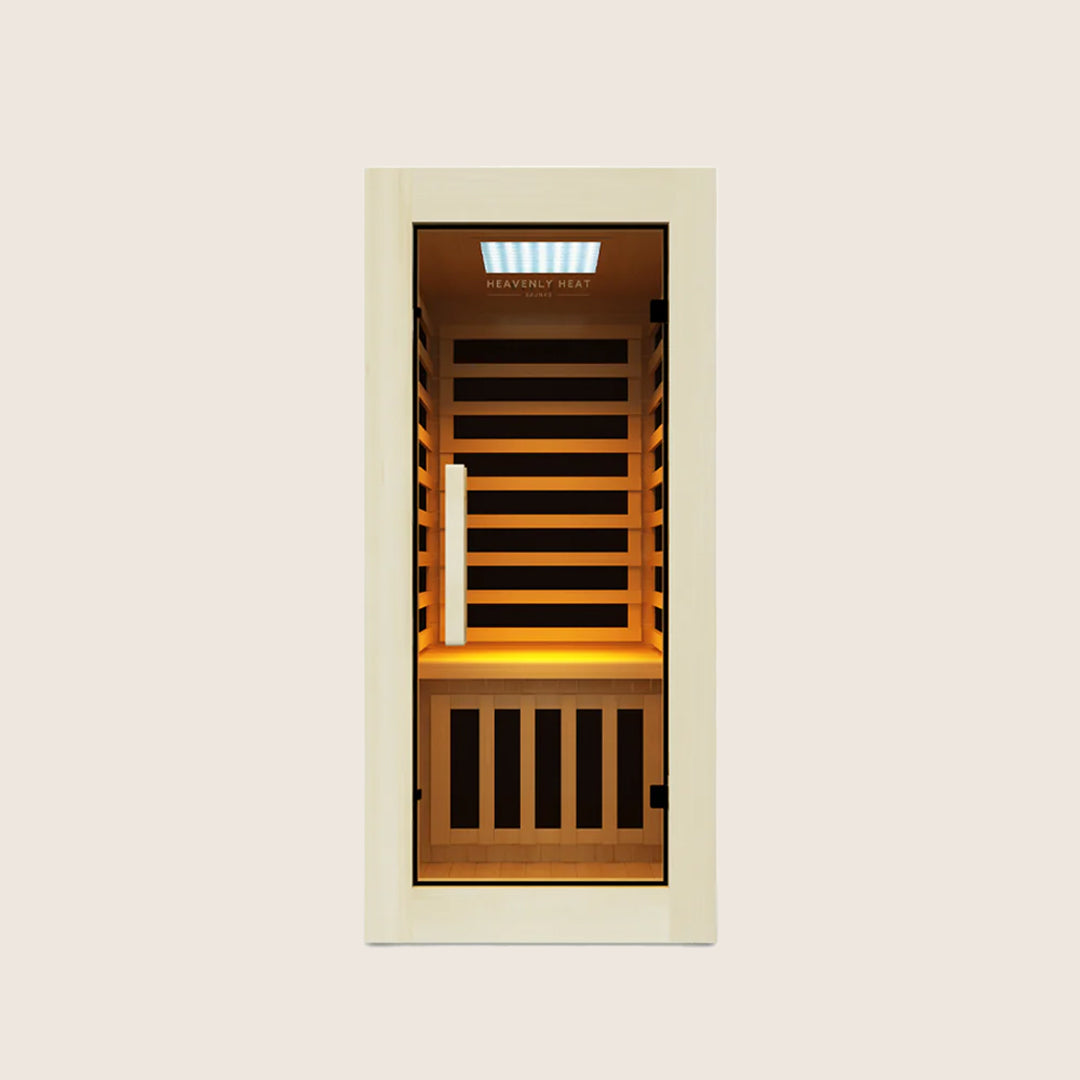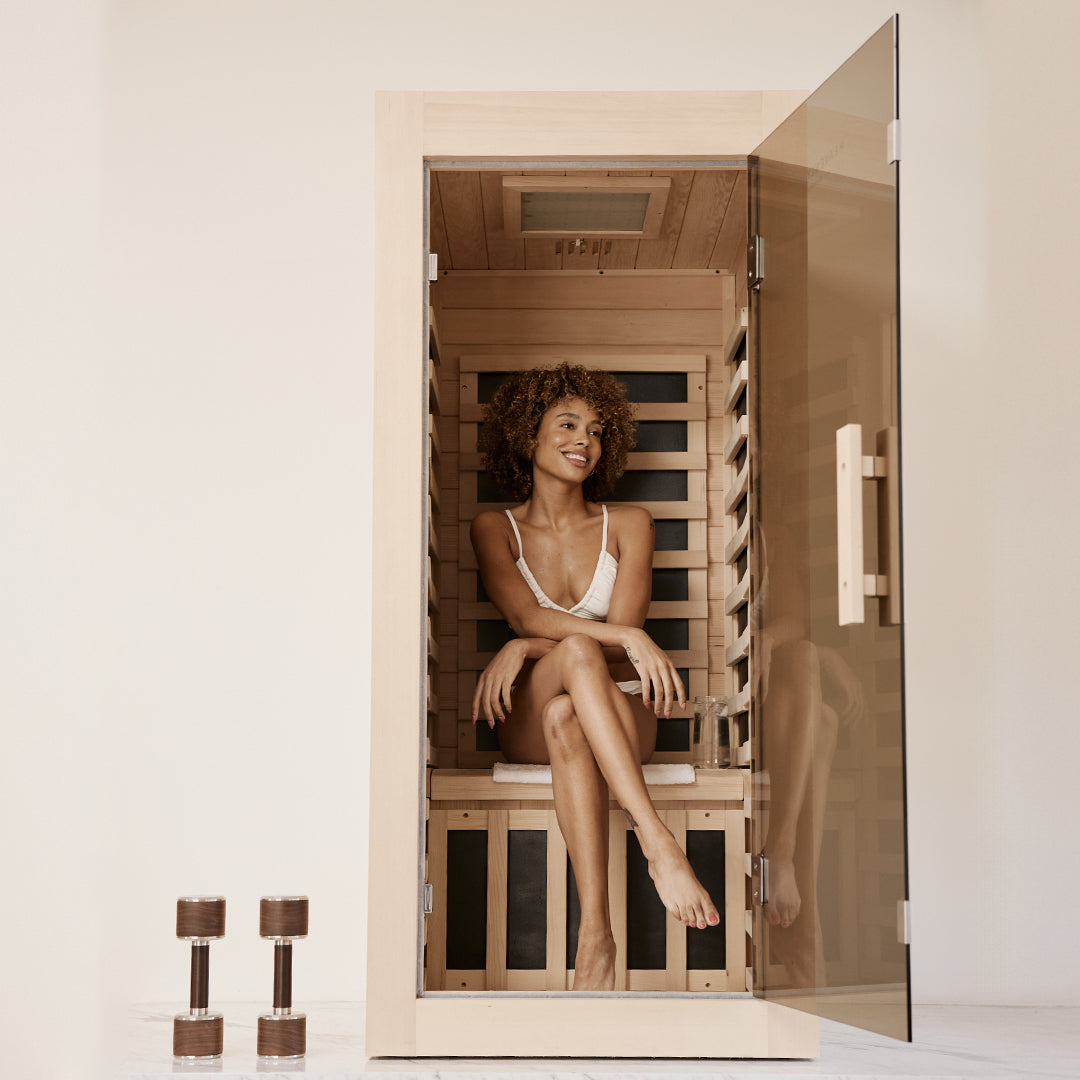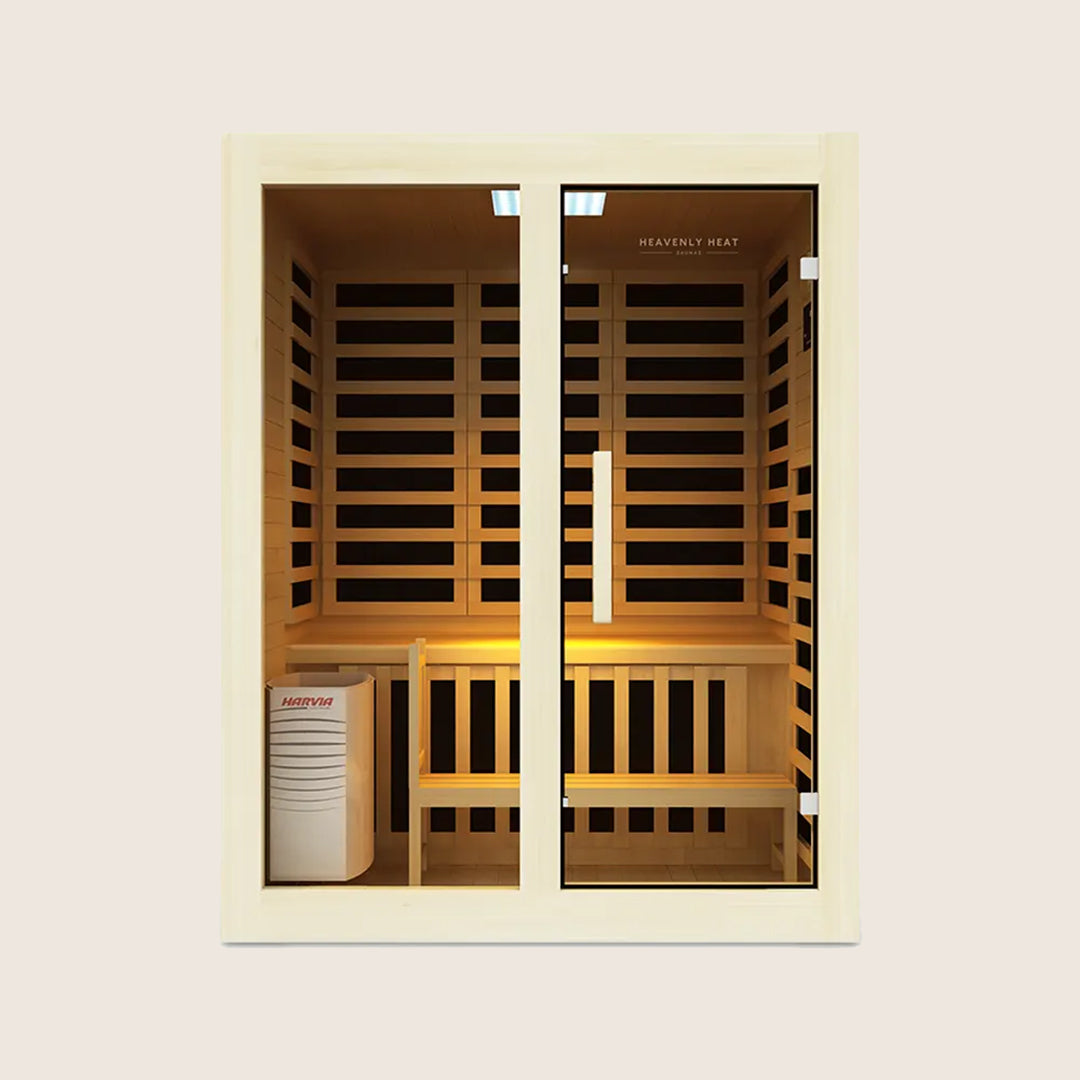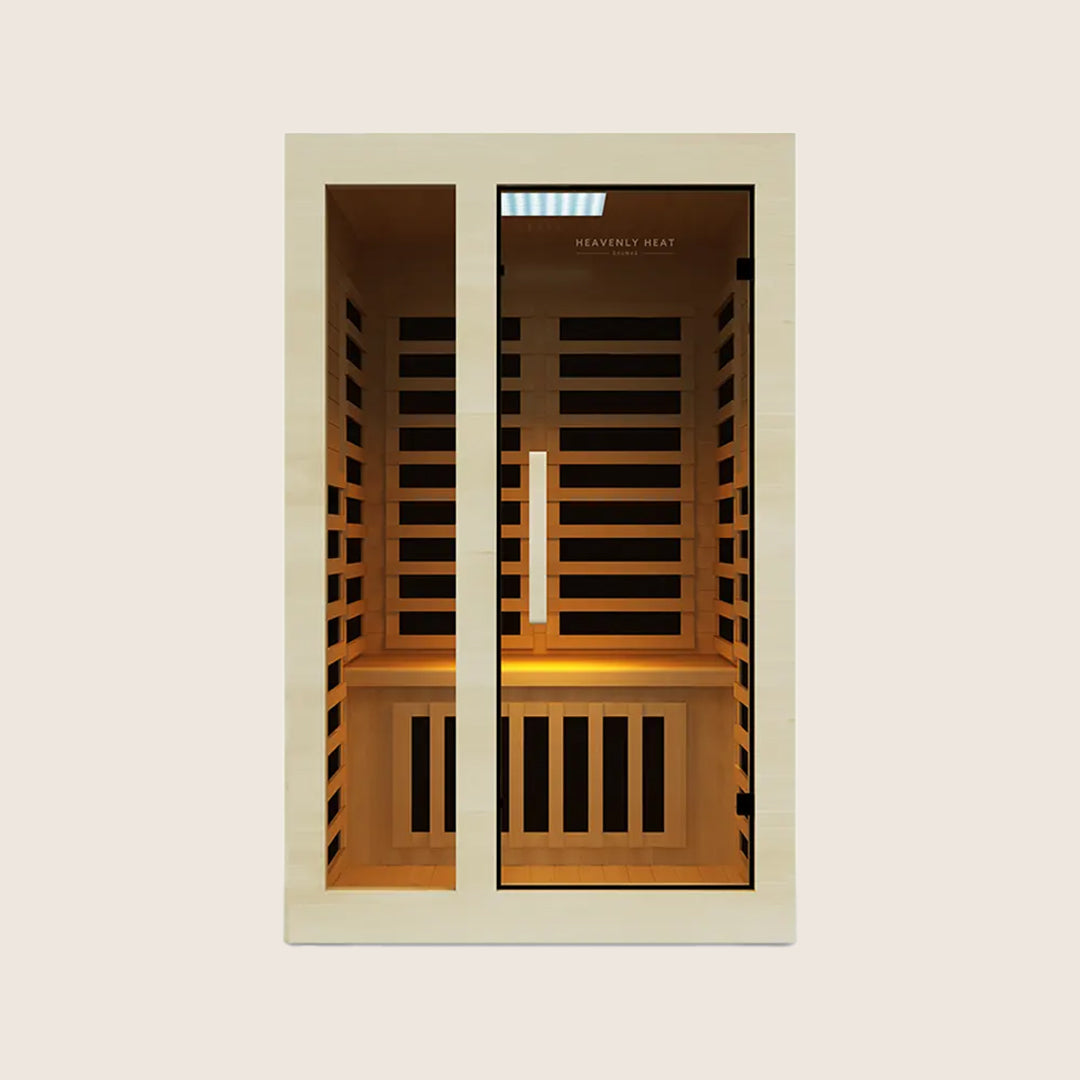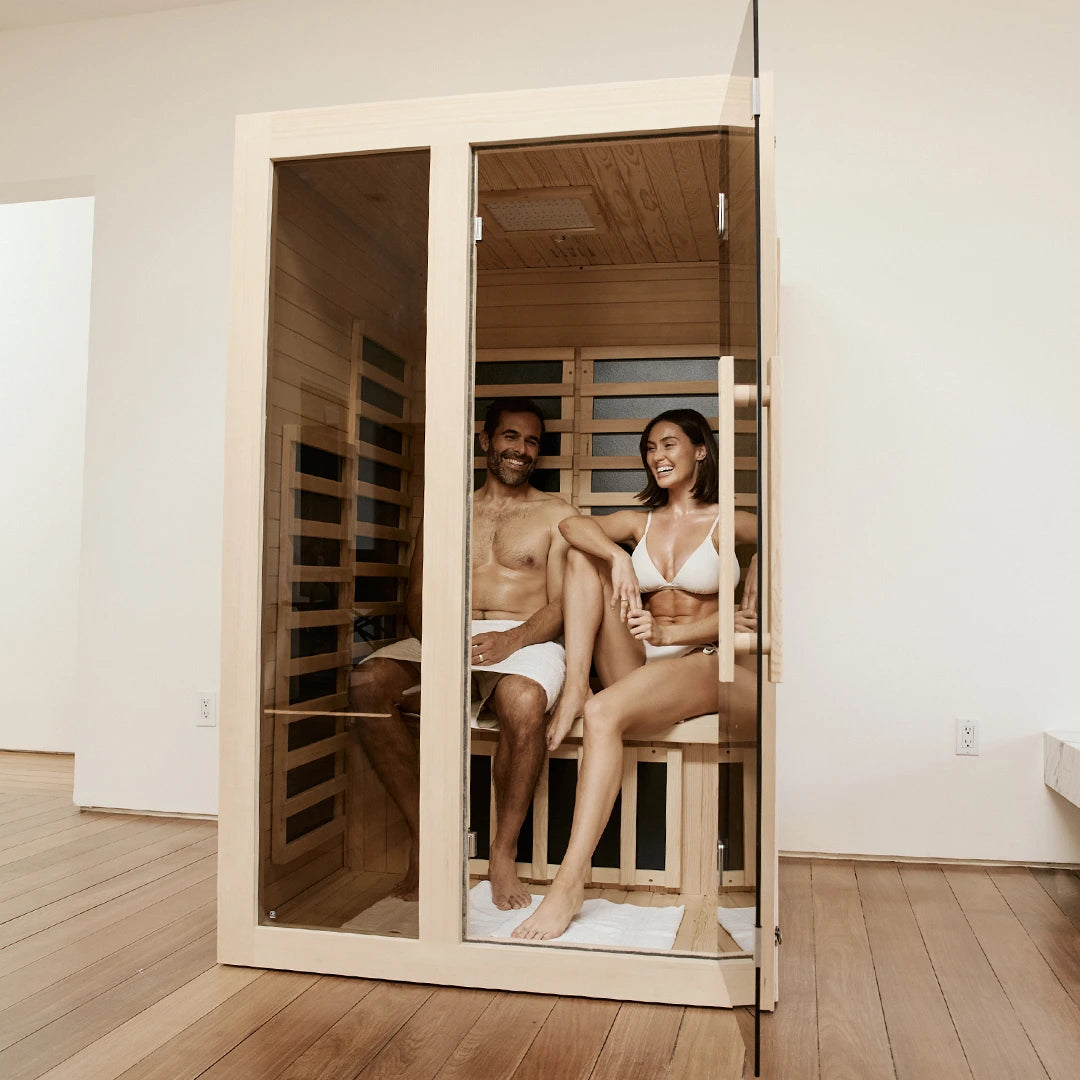Can You Wear a Tampon in a Hot Tub Safely?

What is a Tampon?
A tampon is an absorbent product inserted into the vagina to collect menstrual fluid. Made of cotton or rayon, it expands as it absorbs and is removed with a string.
Developed in the 1930s as an alternative to pads, tampons provide discreet menstrual protection.

Can you go in a hot tub with a tampon?
Yes, you can safely wear a tampon in a hot tub. Tampons absorb menstrual flow, not water, making them more reliable than pads or period underwear while submerged.
Change your tampon before and after soaking, use the appropriate absorbency, and maintain hygiene to reduce infection or TSS risk.
Alternatives like menstrual cups offer longer wear, but tampons remain a practical choice for comfort and protection.
Effectiveness of Tampons in Preventing Leaks in Hot Tubs
Tampons are a practical choice for water activities like swimming or soaking in hot tubs because they’re designed to absorb menstrual flow, not water.
Unlike pads, which can’t handle moisture once wet, tampons’ water-resistant design helps prevent leaks while submerged.
Although water pressure may temporarily slow menstrual flow, tampons still provide reliable protection.
Experiments, including one by content creator Renee Reina, show that tampons absorb liquids effectively—especially substances similar in consistency to menstrual blood.
Manufacturer absorbency data can guide your choice, but the most important factor is changing tampons regularly, ideally every four to eight hours, and before and after water activities.
This practice minimizes the risk of bacterial growth or toxic shock syndrome (TSS). In short, when used with proper hygiene and timely changes, tampons offer dependable protection even in hot tubs.

Comparison of Menstrual Products for Hot Tub Use
Tampons
Using tampons in a hot tub is generally safe, but a few precautions are important. Experts recommend changing your tampon after soaking, since it may take in some hot tub water along with menstrual flow.
This matters because leaving a tampon in too long can create an ideal environment for bacteria, which may raise the risk of toxic shock syndrome (TSS).
The standard guideline is to replace a tampon every four to eight hours—and that includes right after getting out of the water.
While tampons are convenient and effective for swimming or soaking, they aren’t completely leak-proof.
Because they naturally absorb liquid, they can take in water from hot tubs, pools, lakes, or the ocean.
Some people, especially in their 20s and 30s, are exploring alternatives like menstrual cups, while others in their 30s and 40s prefer period underwear.
Still, tampons remain a popular choice when used with proper hygiene and regular changes.
Menstrual Cups
Menstrual cups are becoming a trusted choice for those who want comfort and confidence in the water, including hot tubs.
Made from medical-grade silicone, they’re designed to fit snugly and create a seal that helps prevent leaks, even while swimming or soaking.
This makes them a more reliable option compared to tampons or pads, which can be less effective in water.
One of their biggest advantages is how long they can be worn. As noted by the Mayo Clinic Health System, a menstrual cup can remain in place for up to 12 hours, while tampons and pads often need changing every four to six hours.
This extended wear time is especially convenient on lighter flow days or when you’d rather not step out of the hot tub for frequent changes.
With the right fit, menstrual cups combine safety, comfort, and peace of mind—making them a practical solution for enjoying the water without constant worry.
Period Underwear
Period underwear is often chosen for comfort and discretion, but it may not be the most reliable option in water.
Findings published in Author Manuscripts highlight a comparison of menstrual products: menstrual discs held up to 80 mL of fluid, while tampons and cups managed around 20–50 mL.
In contrast, period underwear absorbed less than 3 mL on average—making it the least absorbent of the options studied.
Because of this, relying solely on period underwear in a hot tub is unlikely to provide adequate protection, especially for moderate or heavy flow.
Some companies do offer water-resistant or waterproof styles designed for swimming.
However, as the research in Author Manuscripts notes, their performance varies and typically falls short of tampons or menstrual cups in terms of absorbency.
Experts advise reviewing product details carefully and, if possible, testing them before use.
While period underwear is comfortable, eco-friendly, and convenient for everyday wear, it generally doesn’t deliver the level of protection needed for hot tubs or pools.
Pads
Healthy Swimming notes that hot tubs already pose unique challenges: high heat and small water volumes make it easier for germs to spread if the water isn’t properly maintained.
Adding pads into the mix only increases these risks. Unlike products designed for water, pads quickly soak up surrounding liquid, leaving them ineffective for menstrual protection and prone to leaks.
Beyond the mess, this excess moisture provides a place where bacteria thrive. As highlighted by Healthy Swimming resources, pads can disrupt water circulation and reduce the effectiveness of disinfectants such as chlorine.
This creates an environment where germs multiply, raising the chances of infections like hot tub rash caused by Pseudomonas, or more serious illnesses linked to Legionella and E. coli.
Skin irritation and general discomfort are also common outcomes. Medical guidance is consistent: pads should not be used in hot tubs.
For both health and practicality, products made for water—such as tampons or menstrual cups—offer safer and more dependable protection.
Precautions When Wearing a Tampon in a Hot Tub
Infection Risk: Hot water can increase the chance of infections, so be cautious.
Tampon Choice: Use a light or regular tampon to prevent overabsorption.
Time Limit: Keep hot tub sessions short to reduce irritation.
Hygiene: Wash your hands and genital area before entering.
Discomfort: Remove the tampon immediately if you feel any discomfort.
Open Wounds: Avoid hot tubs if you have cuts or open wounds to prevent infection.
Post-Use Change: Change your tampon right after hot tub use for safety.
Benefits of Using a Hot Tub While on Your Period
Relief from Menstrual Cramps
Soaking in warm water helps relax your uterine muscles and boosts blood flow, which can ease menstrual cramps.
When your muscles loosen and blood circulates better, pain feels less intense and your body just feels calmer.
According to Scientific Reports, studies show that heat therapy can reduce menstrual pain, sometimes even better than some painkillers. Taking a warm soak lets your body breathe and gives your cramps real relief.
Soothing Muscle Tension and Body Aches
Soaking in a hot tub during your period helps relieve muscle tension and body aches. The warm water relaxes abdominal muscles and eases lower back pain from cramps.
It also loosens tight pelvic muscles, reducing discomfort, and relieves hip and leg pain. Heat improves blood flow and eases soreness, while the buoyancy of the water reduces pressure on achy joints.
Each soak directly targets the tension in your muscles, helping your body feel lighter and more comfortable during menstruation.
Improved Blood Circulation
Using a hot tub during your period can actually help ease cramps by improving blood circulation.
Warm water makes your blood flow faster, which relaxes tense uterine muscles and reduces pain.
Research shows that heat therapy not only lowers blood pressure but also boosts vascular function, meaning your body moves blood more efficiently.
According to The Physiological Society, better blood flow helps your muscles and organs get oxygen and nutrients faster, which can make period discomfort feel much lighter and more manageable.
Stress Reduction and Mood Enhancement
Soaking in a hot tub during your period can reduce stress by relaxing your muscles and calming your mind.
The warm water helps relieve anxiety and lifts your mood, making irritability easier to manage.
Heat therapy triggers the release of endorphins, which naturally boost happiness and help regulate mood swings.
Even a short soak can clear mental fatigue, leaving you feeling refreshed, emotionally balanced, and calmer throughout your day.
Better Sleep and Relaxation
Soaking in a hot tub warms your body, relaxes tight muscles, and eases menstrual cramps.
The gentle buoyancy lifts pressure off your joints and belly, helping your body feel lighter and calmer.
A study in Clinics found that warm water baths improved sleep and reduced nighttime wake-ups, showing just how soothing heat can be for your body and mind.
FAQ
Can you wear a tampon in a pool?
Yes, you can wear a tampon, menstrual cup, period panties, or a pad in a pool. However, make sure it’s inserted properly, change it regularly, and maintain hygiene to prevent leaks or infections while swimming.
Can you wear a tampon in a sauna?
Yes, you can. Use a natural-fiber tampon, change it more often, and watch for discomfort. Alternatives include menstrual cups or period panties. Benefits include uninterrupted relaxation, better hygiene, and comfort during heat exposure. Stay safe and enjoy your sauna.
Is period swimwear a good option for hot tubs?
Period swimwear may not be ideal for hot tubs, as jets and swirling water can inflate the suit and wash away menstrual blood, risking leaks. Using a menstrual cup or tampon, alone or with period swimwear as backup, provides more reliable protection and peace of mind.
How long is it safe to soak in a hot tub while wearing a tampon?
Soaking in a hot tub while wearing a tampon can be safe if you follow basic menstrual hygiene practices. According to CDC, menstrual products should always be used as directed, with tampons changed regularly to prevent infection and maintain comfort. Heat and moisture from hot tubs or pools can upset the natural vaginal balance, sometimes increasing the risk of yeast infections or bacterial vaginosis, especially if you stay in wet swimwear for too long. Chlorine may also irritate the vaginal area, making timely changes even more important. According to the U.S. Food and Drug Administration, tampons are single-use medical devices that must be replaced every 4–8 hours, and never worn longer than 8 hours, to reduce the risk of toxic shock syndrome (TSS). To stay safe, use the lowest absorbency tampon needed, change into a clean product after leaving the water, and avoid sitting in damp clothing for extended periods. By combining these healthy habits, you can relax in a hot tub while minimizing risks and protecting your vaginal health.


